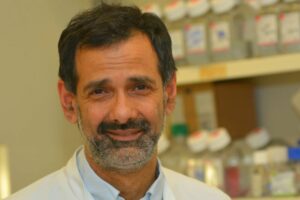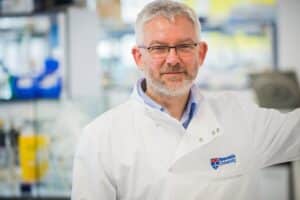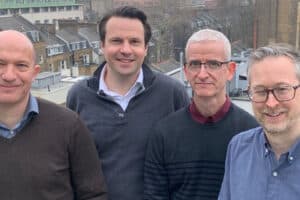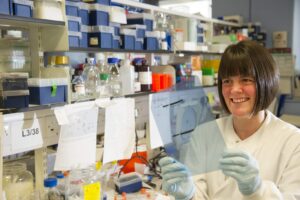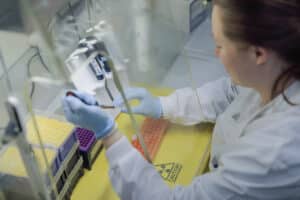Research
Implementing cardiac MRI to quantify heart damage in childhood cancer survivors
Drugs used in the treatment of childhood cancer have a variety of adverse effects, including the risk of heart damage.
In this pilot project, Dr Hughes and colleagues are taking forward new techniques for accurately assessing cardiac damage in young patients and adult survivors.
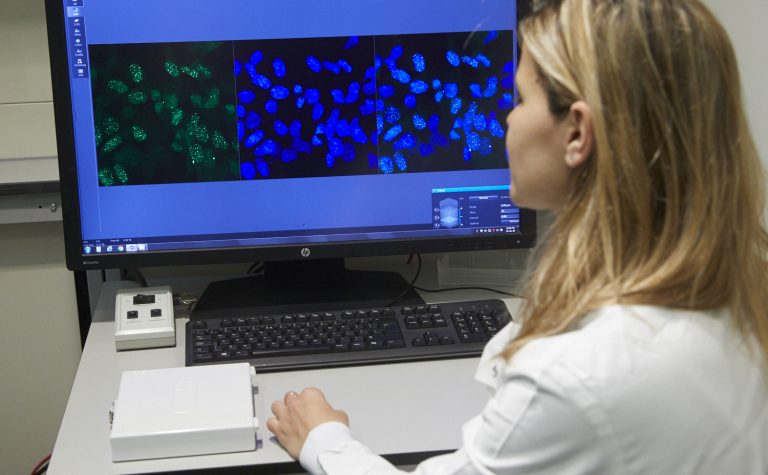
Project Details
- Implementing novel cardiac MRI techniques to quantify both myocardial cell damage and the cardiac isometric exercise stress response, late after anthracyclie chemotherapy in childhood
- Lead Researcher
- Dr Marina Hughes
- Research Centre
- Great Ormond Street Hospital
- City & Institution Postcode
- London, WC1N 3JH
- Start Date
- 1 October 2013
- Project Duration
- 12 months
- Grant Amount
- £49,877
Background
Childhood cancer is now a treatable disease, with more than three quarters of patients surviving at least five years from diagnosis. There is a population of some 26,000 childhood cancer survivors in the UK today, a number that increases by around 1,000 every year. Anthracyclines are a class of drug used in the treatment of many childhood cancers, including leukaemia and Wilms’ tumour. They are one of the most effective anti-cancer treatments but have a variety of adverse effects including toxicity to heart muscle cells. The death of individual heart muscle cells after chemotherapy results in increased space between the surviving cells, which is known as ‘extracellular volume fraction’. If severe, over time the damage results in breathlessness and can ultimately cause heart failure and death. Susceptibility to this cardiac toxicity varies between individuals and cannot be predicted. Although conventional cardiac MRI scanning can measure the heart in a number of ways, there has historically been no non-invasive way of accurately measuring the amount of cell loss or predicting poor heart function before heart failure occurs. A new method of scanning, developed by the project team, enables measurement of the extracellular volume fraction through use of an intravenous contrast that collects in the space outside the cells and shows up on the scan. This technique has been previously used to investigate other types of cardiac problems but so far there have been no systematic studies of patients following anthracycline chemotherapy. Additionally, rapid cardiac MRI techniques developed by the project team enable measurement of the effects of simple exercise, thereby assessing heart muscle reserve. This new methodology may reveal damage that cannot be detected with normal, resting, cardiac MRI techniques or normal heart ultrasound.
Implementing cardiac MRI to quantify heart damage in childhood cancer survivors
The expert team, led by Dr Marina Hughes, a consultant paediatric cardiologist at Great Ormond Street Hospital (GOSH), is exceptionally well-placed to carry out this important pilot project. Her colleague Dr Tanzina Chowdhury is a paediatric oncologist and the clinical lead for late effects in survivors of childhood cancer at GOSH. Together with expert colleagues in cardiac imaging from UCL, they hope to demonstrate that the two new techniques described above will provide an extremely accurate and helpful way of quantifying heart muscle cell damage in the anthracycline-treated population. Via the Oncology Late Effects Clinic at GOSH, the team will recruit adults who had anthracycline therapy in childhood, for either Wilms tumour or acute lymphoblastic leukaemia. Each patient will be assessed using the two new cardiac MRI (CMR) techniques, in addition to conventional CMR, heart ultrasound and blood tests. The team will be able to correlate the results with the known anthracycline cumulative doses for each patient and will be able to compare the measures obtained from the new techniques versus the conventional techniques.
What difference will this project make?
The team hopes to prove the value of simple, new techniques that both quantify heart cell damage and sensitively measure the effect of this damage on heart function. Once the value of these techniques has been demonstrated, these are techniques that can be easily applied to children undergoing cardiotoxic chemotherapy at GOSH and then nationally. Wider use of this specific combination of tests for young cancer patients should help clinicians to provide personalised medicine to young cancer patients, tailoring the dose of anthracycline according to their cardiac tolerance and defining long-term surveillance and management strategies for late cardiac effects. ‘The project identifies an important problem in a growing population of childhood cancer survivors, that of anthracycline toxicity. The investigators highlight this number of over 26,000 survivors in the UK which is increasing by 1,000 per year, thus the project is timely and relevant.’
About the Research Team
Dr Marina Hughes & Dr Tanzina Chowdhury, Great Ormond Street Hospital; Dr James Moon, the Heart Hospital Imaging Centre; Dr Vivek Muthuragngu, UCL Institute of Cardiovascular Science.
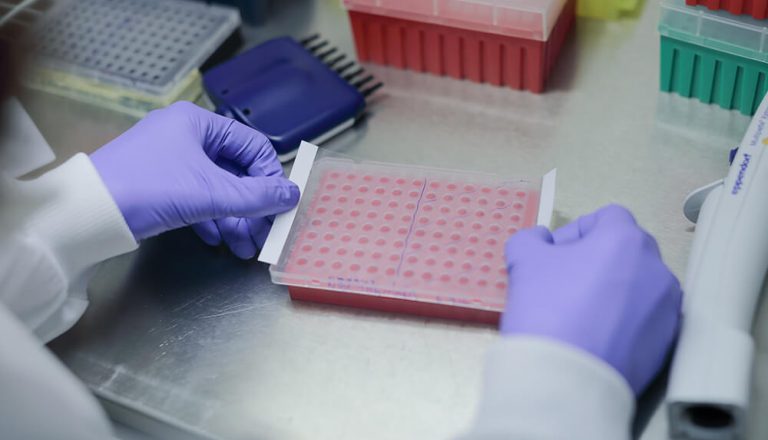
Other stories
We have lots of information to help you learn more about childhood cancer. From specific cancer types, to treatments and causes.


